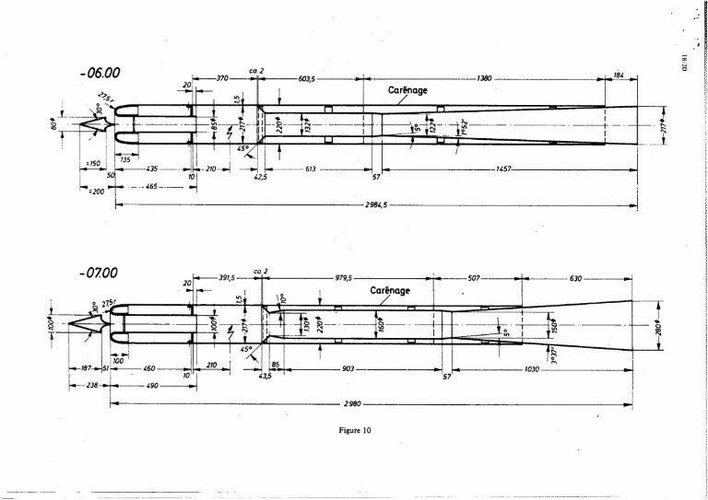Is the sound of the pulsejet even an issue for this application? The whole point is to make a very cheap, easy to build anywhere, type of cruise missile so you can launch 10+ of them for the cost of a "normal low cost" cruise missile. You want it easy to build so you can crank out hundreds per month without extensive factories so you can overwhelm your targets air defenses. If that's the case, who cares if the enemy can detect it via sound? Any interceptor they use (minus lasers or other electronic means) will cost more than the pulsejet missile so you're winning that side, and most likely be limited in quantity at the area where you are targeting so numbers will get through.
For a conflict like Ukraine, as it is right now, it makes a ton sense IMO.


